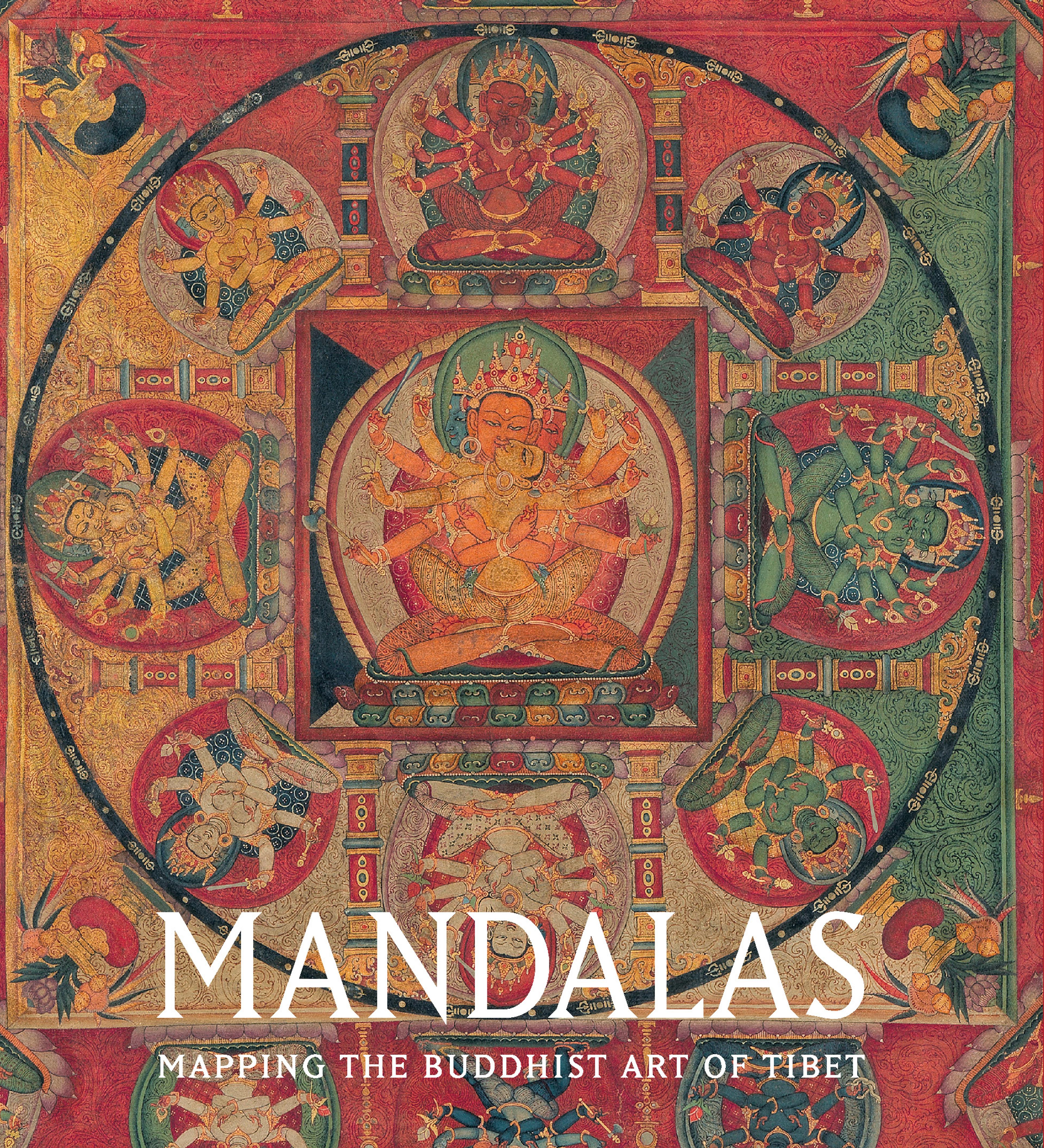Hevajra Mandala
Hevajra appears here in his three-headed and four-armed form. This manifestation is drawn from the Hevajra Tantra, a text revered by the Sakya order of Tibetan Buddhism, who likely commissioned this painting from a Newari artist from Nepal. Hevajra and his consort Nairatmya dance at the intersection of four vajra gateways, indicating their position at the center of the cosmos. His name is composed of two syllables: “he,” compassion, representing the male aspect, and “vajra,” wisdom, the female aspect, which together offer the path beyond this illusory world. The repeating skull symbolism references the impermanence of all phenomena. Beyond the celestial palace are the eight great charnel grounds, each presided over by a yogic master, or mahasiddha. On the reverse, in an ornate Tibetan lantsa script, are the Sanskrit mantra oh ah hum and mantra syllables configured in a stupa silhouette.
Artwork Details
- Title:Hevajra Mandala
- Date:15th century
- Culture:Tibet
- Medium:Distemper on cloth
- Dimensions:Image: 21 1/2 × 17 1/2 in. (54.6 × 44.5 cm)
Framed: 28 1/2 × 24 1/2 in. (72.4 × 62.2 cm) - Classification:Paintings
- Credit Line:Gift of Stephen and Sharon Davies Collection, 2015
- Object Number:2015.551
- Curatorial Department: Asian Art
More Artwork
Research Resources
The Met provides unparalleled resources for research and welcomes an international community of students and scholars. The Met's Open Access API is where creators and researchers can connect to the The Met collection. Open Access data and public domain images are available for unrestricted commercial and noncommercial use without permission or fee.
To request images under copyright and other restrictions, please use this Image Request form.
Feedback
We continue to research and examine historical and cultural context for objects in The Met collection. If you have comments or questions about this object record, please contact us using the form below. The Museum looks forward to receiving your comments.
